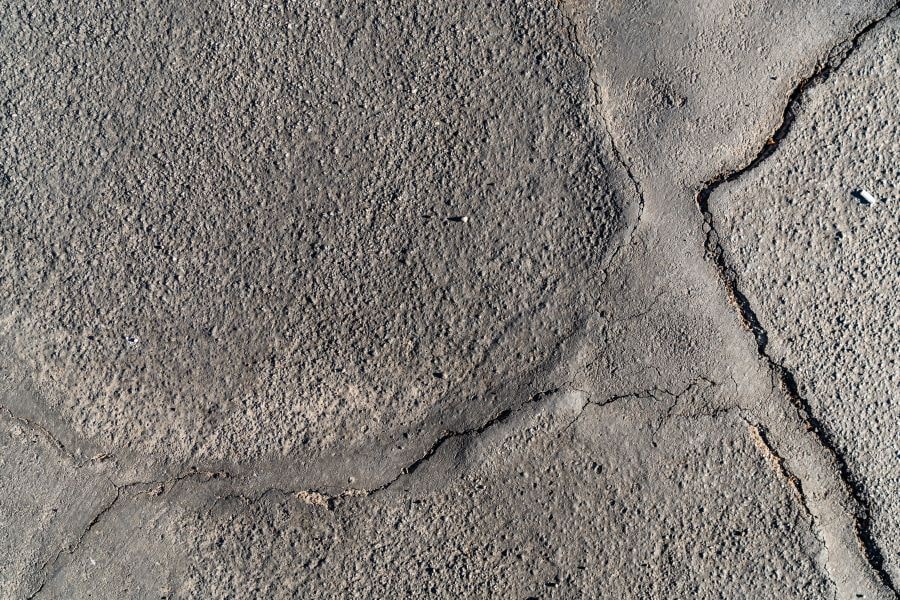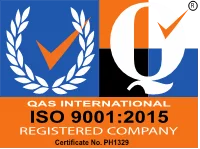Driving is a common skill that most people acquire by the age of 18. Although it’s a common task completed by people every day, it still poses some risks.
When driving, you can’t control every factor and can still get involved in accidents anytime. Accidents are commonly caused by other drivers, but they can also be an effect of poor road conditions.
There are different types of road problems in the Philippines. No matter how little or big they are, they can cause you to get into an accident.
Potholes
Potholes are common in the Philippines. They can be found on most roads that haven’t been maintained in a long time.
This kind of road problem occurs when the pavement deteriorates and forms a hole. It can be caused by weather conditions, heavy traffic, and lack of fixing using cold patch pothole repair.
Potholes can damage your car’s tires, suspension, and alignment. They can also cause you to lose control of your vehicle and swerve into oncoming traffic. To avoid this, be extra careful when driving on roads with potholes. If possible, avoid them altogether.
Cracked Pavement
Like potholes, cracked pavement is also caused by weather conditions and lack of repair. This kind of road problem can be found on old roads and highways.
Types of road cracks can range from small to large. They can be deep or shallow. Regardless of their size, they can still pose a risk when you drive over them.
Small cracks can damage your car’s tires while large cracks can cause more serious problems to your vehicle. They can also cause you to lose control of your vehicle and collide with other cars, pedestrians, or infrastructures. To avoid this, be extra careful when driving on roads with cracked pavement. You should also make sure to pay attention to where you’re driving to avoid large cracks.

Collapsing Shoulders
Another common road problem in the Philippines is collapsing shoulders. This can happen on highways and other roads that are not well-maintained.
If you’re driving close to the outer line of the road and the shoulder suddenly drops off, you can unexpectedly drive off the road. You may even drive down an embankment and get into an accident if you’re in a steep area.
To avoid getting into an accident, you should look for signs of pavement deterioration near the road’s shoulder when driving. If you notice that the shoulder has collapsed, stay away from the edge of the road.
Faded Road Markings
Thermoplastic pavement markings are important because they tell motorists where to stop, yield, or turn. They also indicate the boundaries of the lanes.
In the Philippines, however, many of these pavement markings have already faded. This can be due to how the weather affects the roads, traffic, and lack of maintenance.
Faded road markings can confuse drivers because they may not know where to stop or turn. Pedestrians also will not know the proper place to cross the road. To avoid accidents, you should be extra careful when driving in areas with faded road markings. Try to stay within the clear lines of the lanes and be cautious of pedestrians.

Absence of Streetlights
In some parts of the Philippines, there are no streetlights at night. This is especially common in rural areas.
The lack of visibility can be dangerous for both drivers and pedestrians. Drivers may not be able to see the road clearly and may collide with other vehicles, pedestrians, or obstacles on the road. To avoid any problems, you should use your high beams when driving in areas without streetlights. You should also be extra careful when passing through these areas.
One of the suggestions you can do to improve road conditions in the Philippines is to talk to your local government unit and ask them to address the problem. With enough time and effort, they should provide streetlights that will make the road safer to drive on.
Keeping Roads Safe in the Philippines
Our country is riddled with poorly maintained roads that cause drivers stress every day. They may also cause accidents that lead to injuries and even deaths.
At Rua Seguridad, we are committed to addressing the road problems in the Philippines. We achieve this by supplying high-quality road products to our clients. Contact us to learn more.



